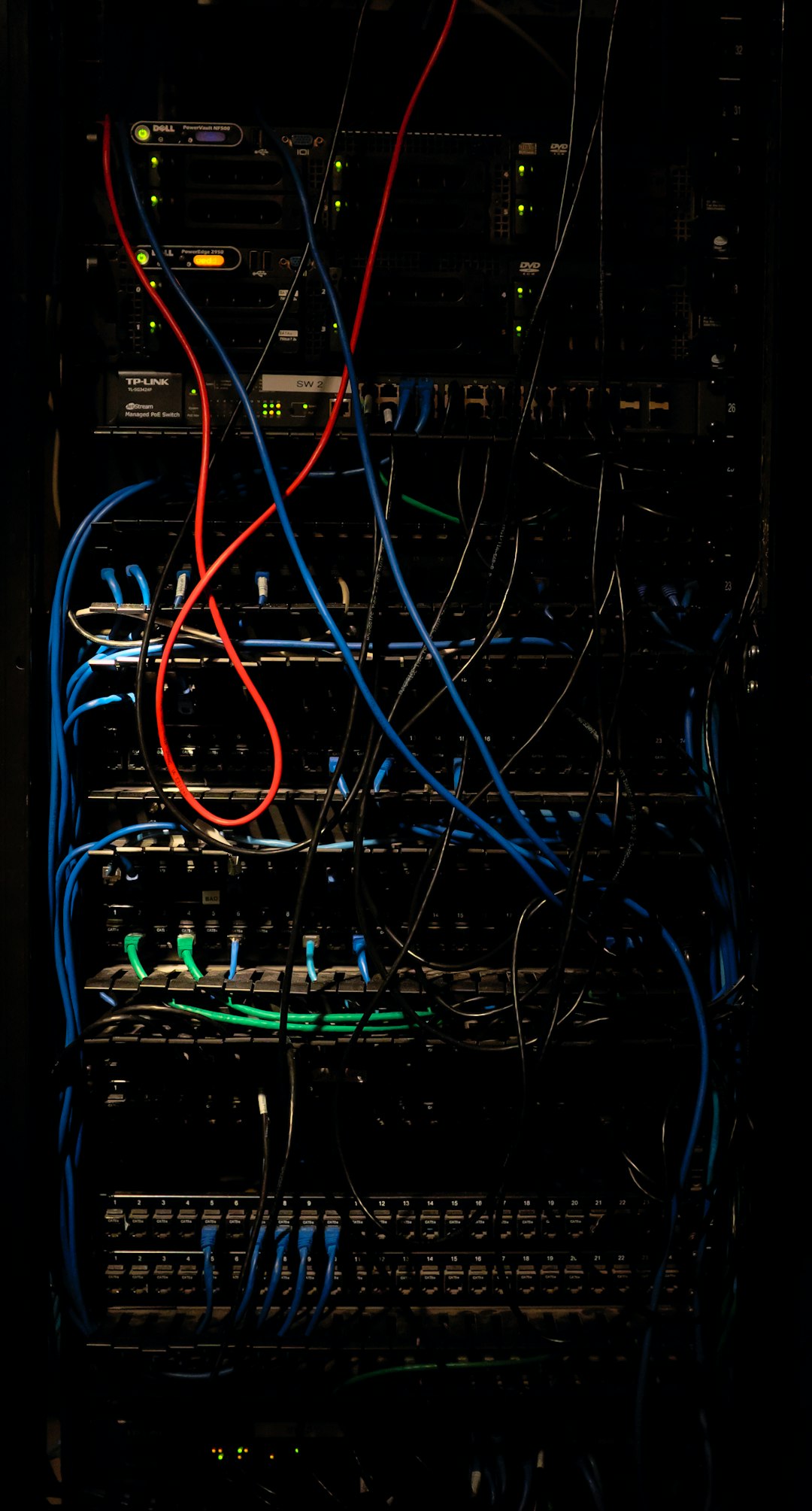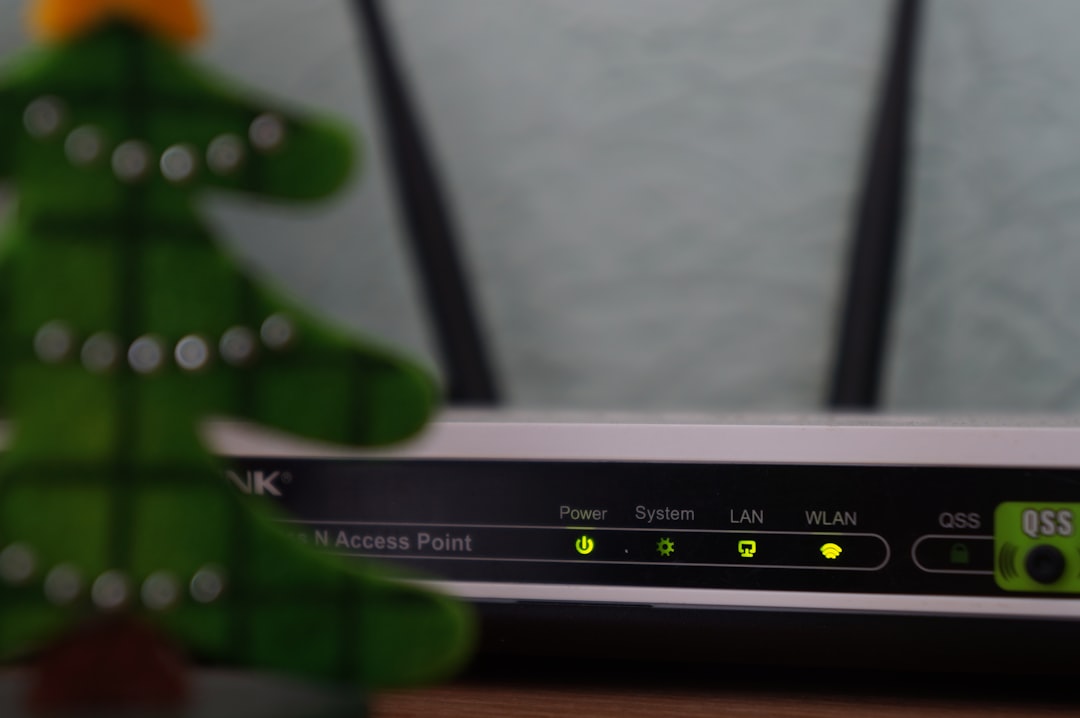If you’re a Chromebook user looking to unlock more power and control over your device, learning about Crosh (Chrome Shell) can be a game-changer. Crosh is a command-line interface that gives you access to several powerful tools and diagnostics hidden beneath Chrome OS’s user-friendly surface. It’s like a low-level control panel, and while it doesn’t provide superuser access like a traditional terminal, it’s invaluable for troubleshooting, managing networks, and checking system performance.
To launch Crosh, simply press Ctrl + Alt + T on your Chromebook. A new tab will open with the “crosh>” prompt. From here, you can type in various commands to connect, inspect, and manage your device. Let’s dive into 20 essential Crosh commands you should know to get the most out of your Chromebook.
1. help
This command lists all the basic commands available in Crosh. It’s a good starting point for beginners.
2. help_advanced
Provides a more comprehensive list of advanced commands. It unlocks additional options ideal for developers and power users.
3. ping [hostname]
Perfect for diagnosing internet problems. This tests your Chromebook’s ability to communicate with a server.
4. top
Similar to Task Manager, this command shows processes, memory usage, and CPU performance.

5. battery_test [seconds]
Check your battery’s health by observing how it performs over time. For example, battery_test 60 runs a 60-second test.
6. memory_test
This helps you discover RAM issues and is useful if your Chromebook feels sluggish or inconsistent.
7. ssh
If you want to connect to remote servers, this command initiates a Secure Shell (SSH) session. Must be enabled in Developer Mode.
8. ssh_forget_host
Use this to remove SSH host keys for a particular host, handy when you face connection issues or domain mismatches.
9. network_diag
Executes a detailed network diagnostics test — perfect when you’re trying to pinpoint WiFi issues.
10. set_timezone [zone]
Manually set your Chromebook’s timezone using the appropriate syntax like set_timezone America/New_York.
11. tpcontrol status
Displays the current status of your touchpad settings.
12. tpcontrol [enable/disable]
Enable or disable your touchpad – especially useful when using an external mouse.
13. brightness [0-100]
Manually set screen brightness from 0 (dim) to 100 (bright).
14. sound
Tests the sound system on your Chromebook – handy when your speakers behave unexpectedly.
15. usb_reset
Resets all USB devices connected to your Chromebook without needing a restart.
16. modem status
Shows the status of any connected cellular modems – great for LTE-enabled Chrome devices.
17. modem set-pin
Sets the SIM card PIN for cellular modem usage.
18. modem report
Generates a detailed modem report, particularly useful for troubleshooting complex connectivity problems.

19. roll-forward
Used in Developer Mode to re-enable boot from USB or rollback to a previous version. Not for casual users but critical for devs.
20. update_over_cellular [enable/disable]
Allows or prevents the system from downloading updates over cellular data. Crucial when managing limited data plans.
Final Thoughts
Whether you’re a student, developer, or just a curious Chromebook enthusiast, unlocking the power of Crosh can vastly enhance your experience. While some commands require Developer Mode, many are safe to use on any Chromebook. From battery testing to network health and system control, Crosh is a Swiss Army knife waiting to be explored.
As always, make sure to research any unfamiliar commands before running them. When used wisely, these Crosh commands can help optimize performance, troubleshoot issues, and even open up pathways to advanced customization.
